Dunfermline is no stranger to royalty.
In 1070, Margaret founded a priory on the spot where she had married King Malcolm III.
Half a century later, their son, David I, raised the priory to an abbey and helped solidify a royal connection that would last centuries.
Perhaps most famously, the Abbey is the final resting place of King Robert the Bruce, buried in 1329.
But Charles I was also born in the Fife town and Dunfermline Palace was the residence of James VI and I’s queen, Anna of Denmark, prior to the pair leaving for London in 1603.
King Charles III and his Queen Consort, Camilla, have now added a new chapter to Dunfermline’s rich royal history. And it was particularly significant for two reasons.
Firstly, it marked the King’s first public engagement since the death of his mother, Queen Elizabeth II, and an end to official mourning.
Secondly, for Dunfermline it was a red-letter day in which the town was formally conferred with the city status that was announced during the late Queen’s Platinum Jubilee.
Many have questioned the value of city status and, indeed, the right of Dunfermline – once Scotland’s ancient capital – to be known as such.
But the cheering crowds that greeted the new King as he and his wife arrived at Dunfermline City Chambers showed it meant much more than a piece of paper.
And, given the King’s upbeat reaction to his welcome, it was clearly a special day for him too.
Like any major population centre it has its challenges – with poverty and entrenched social issues chief among them – but Dunfermline is also a fine place to live, learn, do business and to take leisure.
Scotland’s newest city is more than worthy of its elevated status – and hopefully it will help spur new investment and create opportunities for future generations.
Arguably, given its long and storied history, it should never have been anything less.
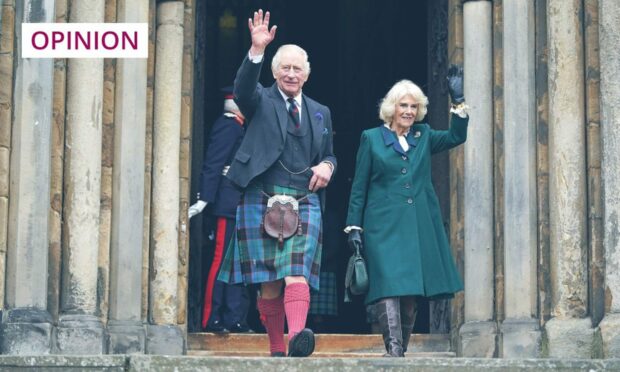
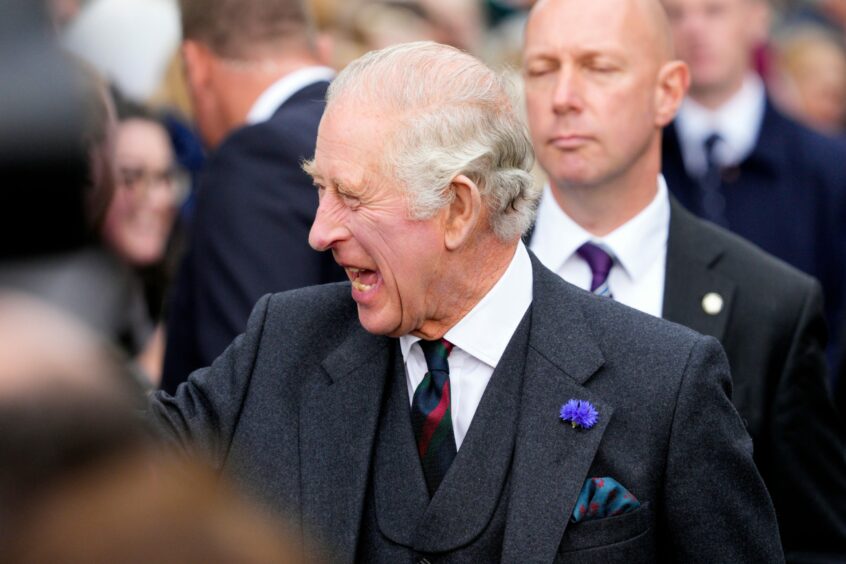
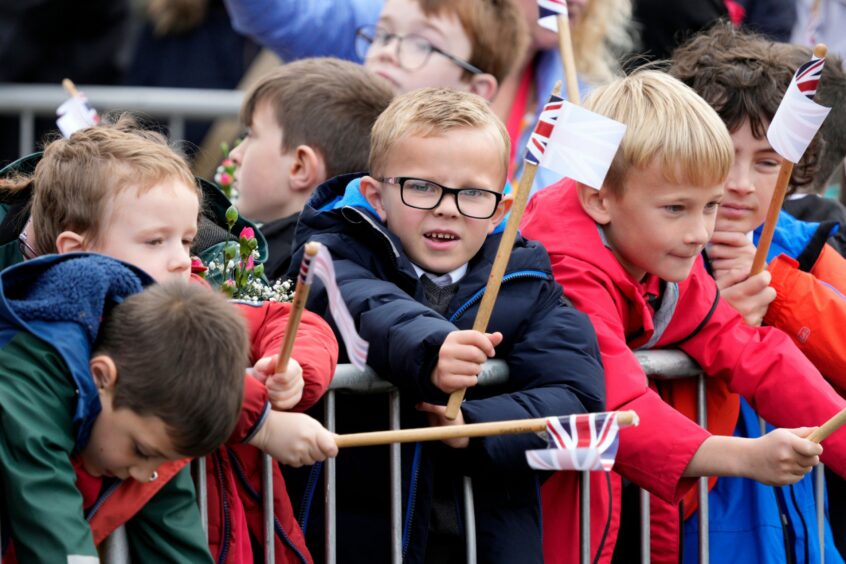
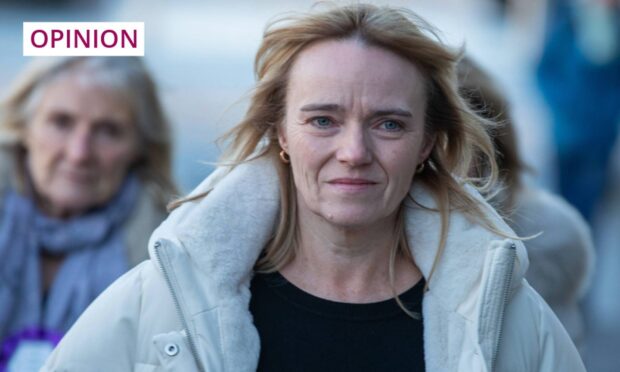
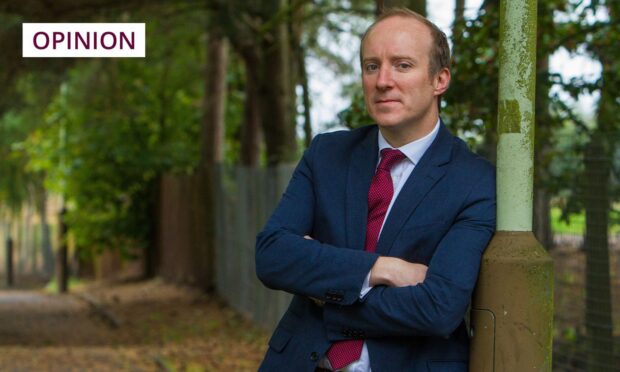
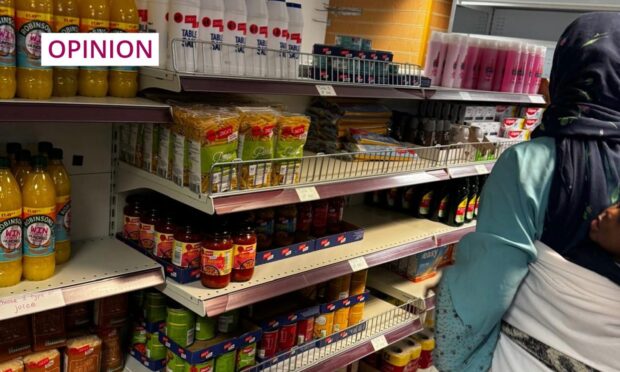
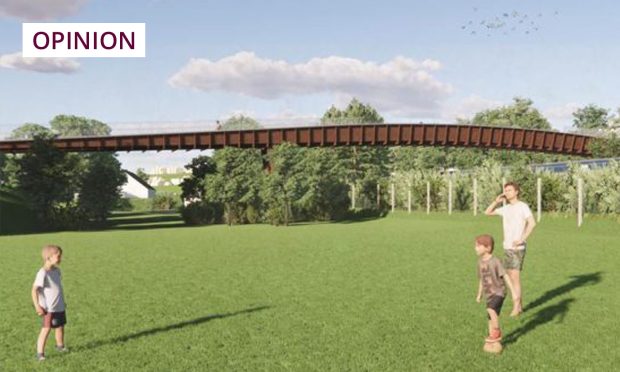
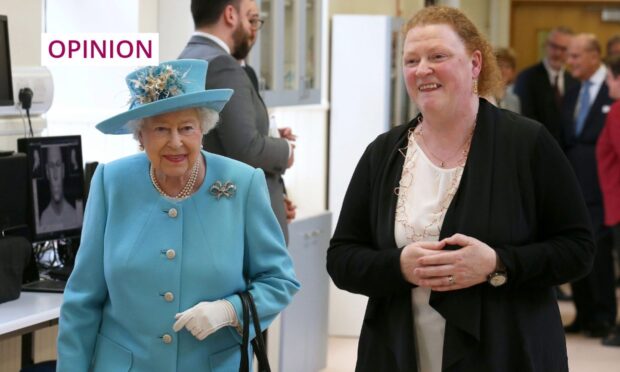

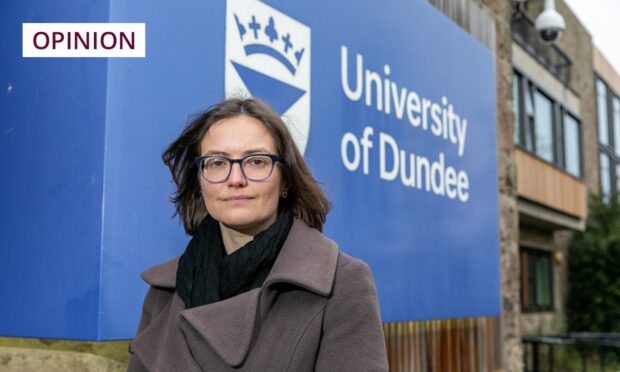
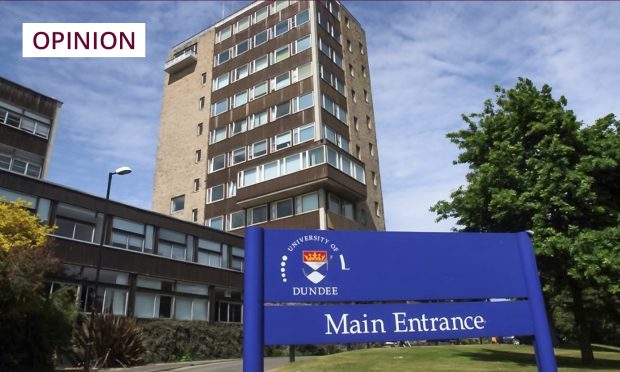
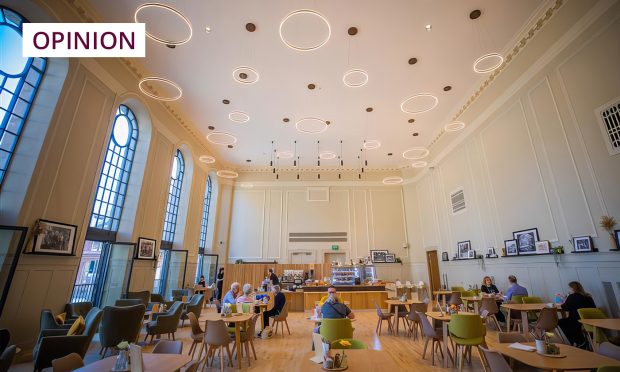

Conversation